a hidden village
Restored medieval village
Visitors often describe Bardou as a place touched by magic – a rustic mountain hamlet of medieval stone houses nestled beside a forest of wild chestnut and oak trees. Time seems to slow down here. The rush of everyday life dissolves into birdsong, breeze, and the rhythm of walking on ancient paths. It’s a place where focus returns – perfect for a musical retreat centered on creativity, nature, and the quiet companionship of fellow musicians.
Bardou rests in the Languedoc-Roussillon region of southern France, at the very end of a winding road that climbs out of the valley below. Perched at around 600 meters above sea level, on the southern edge of the Massif Central and within the Haut-Languedoc Regional Natural Park, it enjoys a warm Mediterranean climate. The air is pure and clear – and those who arrive for the first time are often struck by the sheer brilliance of the night sky, where stars seem to sing.
How stone met story
History of Bardou
First Mention of Bardou
A census records 79 people living in 14 households. Some of the stone houses still standing today may date back to the 15th century.
1785A Village in Decline
Life in Bardou grew increasingly difficult without electricity or running water, prompting the younger generation to leave in search of work and better living conditions. The local school, which served Bardou and nearby hamlets, closed in 1921. After World War I, residents successfully lobbied for the construction of a lavoir to improve water access and washing facilities.
Early 1900sThe Road Out
A gravel road to the valley is completed. Many villagers seize the chance to leave. By 1925, only six households remain.
1924Klaus & Jean Discover Bardou
While hiking with their four children, Klaus and Jean discover the abandoned village of Bardou which had fallen into ruins. Since they immediately fell in love with the village they asked a man watering the gardens "are there any houses for sale?" - the old man (Achille Bonnet) replied with a smile gesturing with open arms "everything is for sale!". And so began the rebirth of Bardou.
1967Restoration & hospitality
Klaus and Jean clear overgrowth, stabilize buildings, and open Bardou to guests in exchange for help. Many houses still carry the names of those early supporters.
Late 1960s onwardPassing of Klaus Erhardt
Klaus Erhardt born on 17 September 1934 in Hannover and passed away on 20 July 2009 in Bardou. His wife, Jean Erhardt carried on running Bardou after Klaus died. He was burried in a mausoleum overlooking Bardou.
2009Passing of Jean Erhardt
Jean Erhardt (born in Indianapolis, USA as Jean Kendal) born on 21 December 1930, passed away on 9 February 2016 in Bardou. She was survived by her family and is remembered by those who knew her in Bardou. She resides next to Klaus in the mausoleum overlooking Bardou.
2016Continuing the Legacy of Bardou
After Jean's passing on 9 February 2016, her daughter Elizabeth and Brian Nolan took on the responsibility of carrying forward the village’s legacy. Together, they continue the restoration of the houses and infrastructure as well as the tradition of hosting various music and artistic projects in Bardou.
2016 until todayFaces behind the stones
People of Bardou
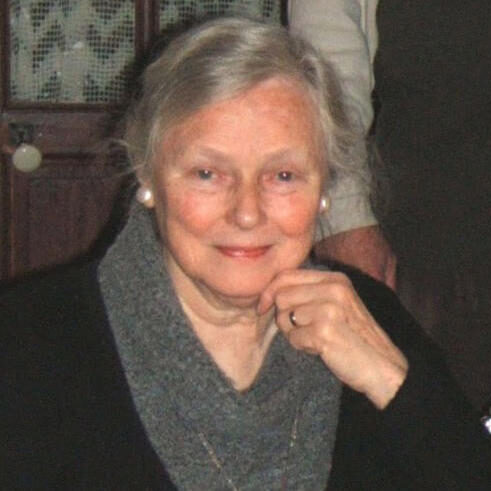
Jean Erhardt
She was the good soul of Bardou

Klaus Erhardt
Together with his wife Jean, Klaus became the new owner of Bardou
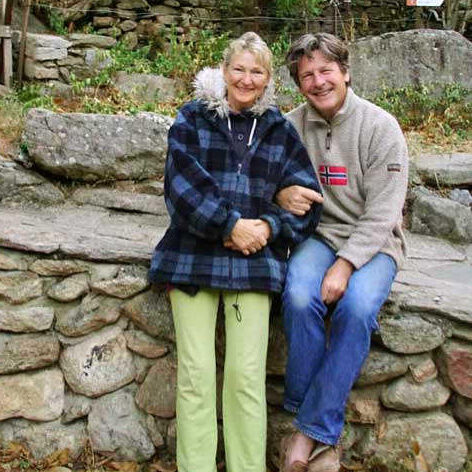
Elizabeth & Brian
After Jean's passing, her daughter Elizabeth together with her husband Brian took over the legacy of Bardou.

William
William moved to Bardou in the late 1990s, living first with Jean and Klaus, and later with Elizabeth and Brian until his passing in October 2023.
Light, stone, and stillness
Impressions of Bardou
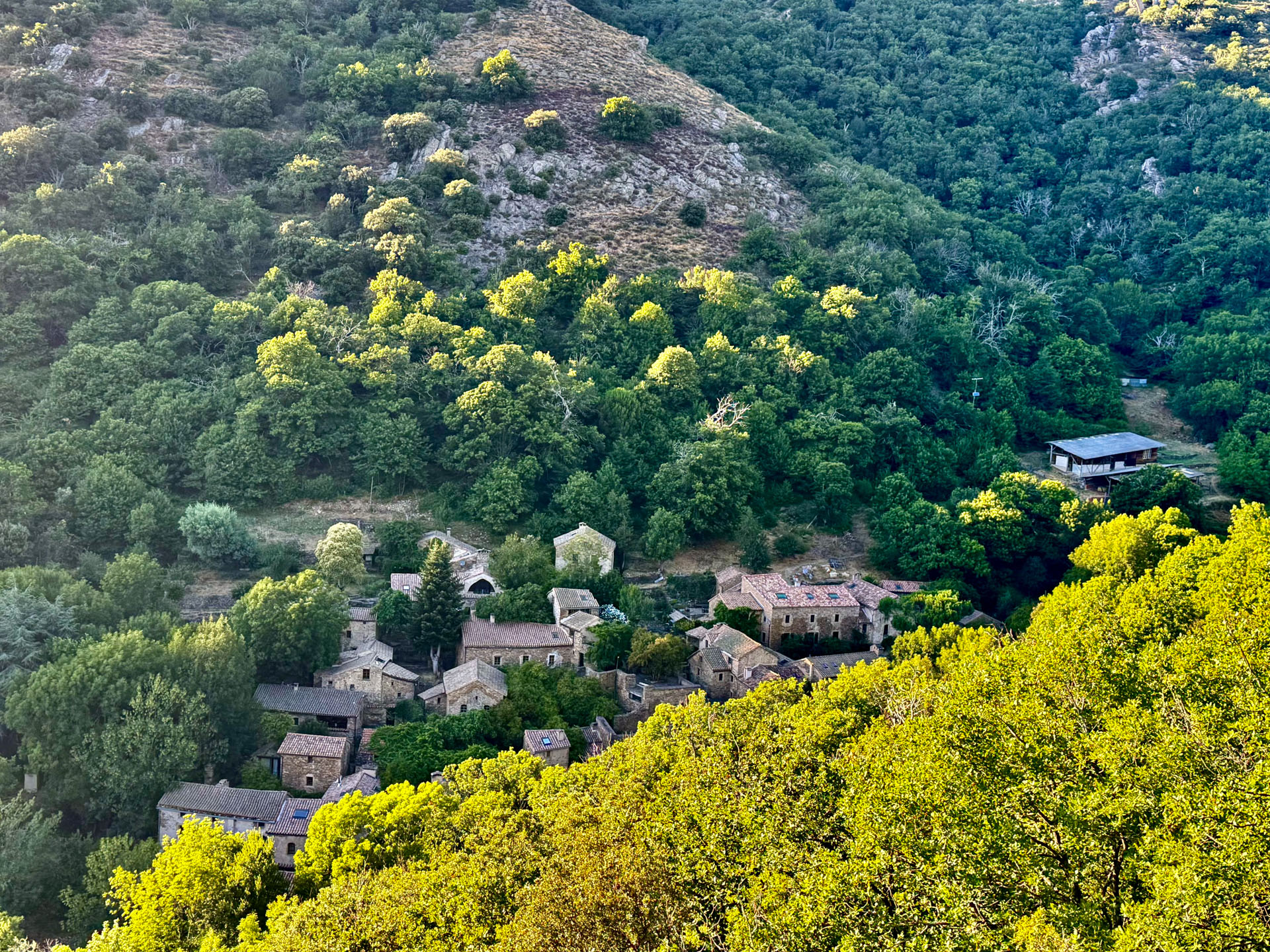
Nestled in the Hills
Bardou is a remote, historic mountain village in the French Cevennes, rooted in the Neolithic era and abandoned by the mid-20th century. Purchased in 1967 by Klaus Erhardt and Jean, it was revived from ruins into a living community symbolizing self-sufficiency. Bardou thrives on sustainable Bizet sheep farming, rich cultural traditions including music and theatre, and a vibrant communal life involving international guests. Despite years without modern amenities, the village gradually gained water and electricity amid local skepticism. Since Klaus and Jean’s passing, their daughter Elizabeth Erhardt Nolan and husband Brian have continued this legacy, offering a refuge for those fleeing urban life to find peace, hiking, music, and reflection.
Stone by Stone
Bardou’s restoration was a painstaking, hand-crafted effort, rebuilt stone by stone to preserve its authentic medieval character. The village’s original dry stone walls, terraced chestnut forests, and natural stone houses with slate roofs were carefully restored using local materials. Roof repairs initially used traditional stone slabs but shifted to ochre Roman tiles for durability, maintaining historical balance. Skilled craftsmanship shaped every wall and detail, harmonizing preservation with functionality. This meticulous, patient work transformed Bardou from overgrown ruins into a timeless haven, sustaining community, culture, and nature, inspiring visitors to embrace a slower, richer way of life.
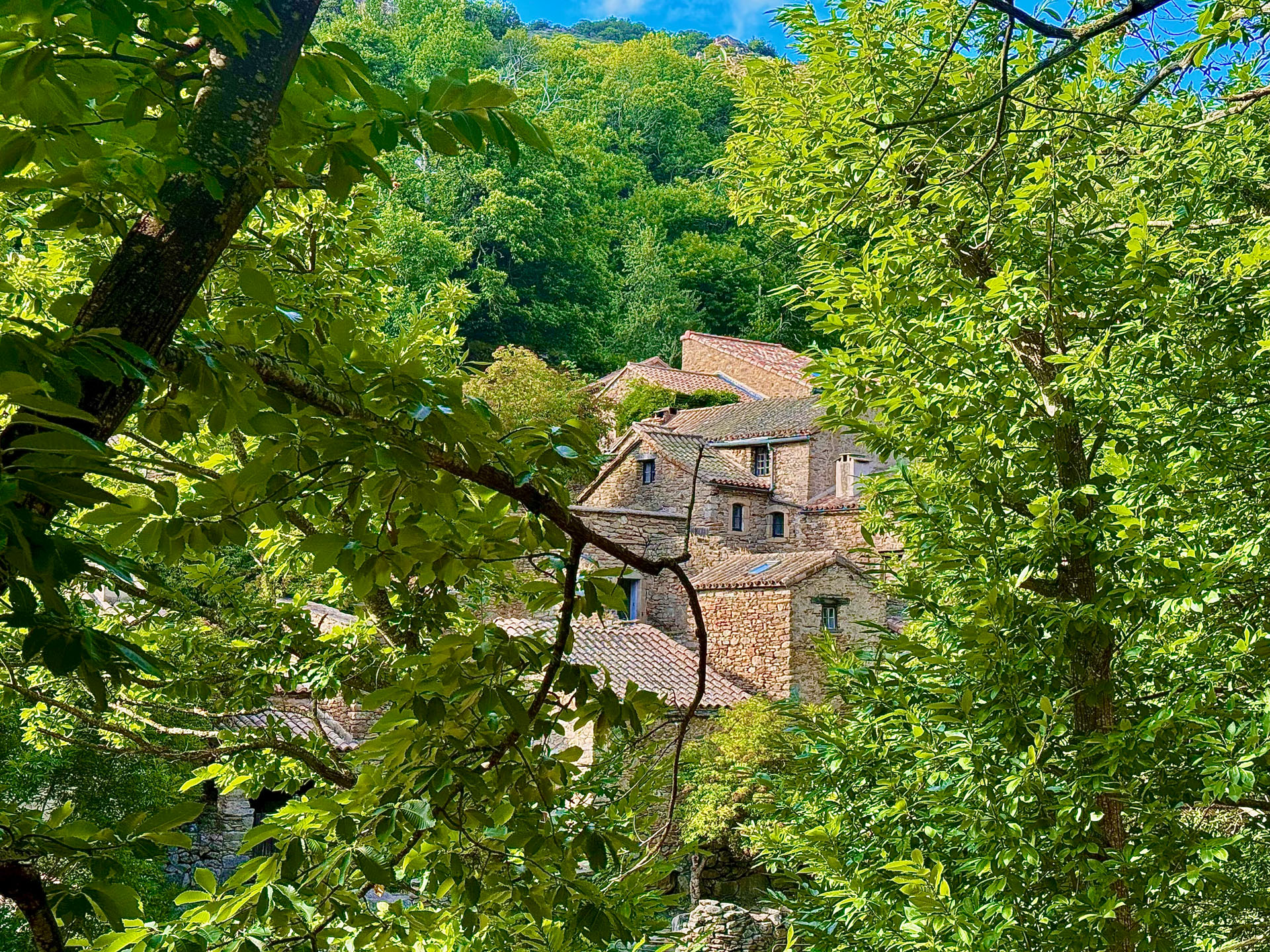
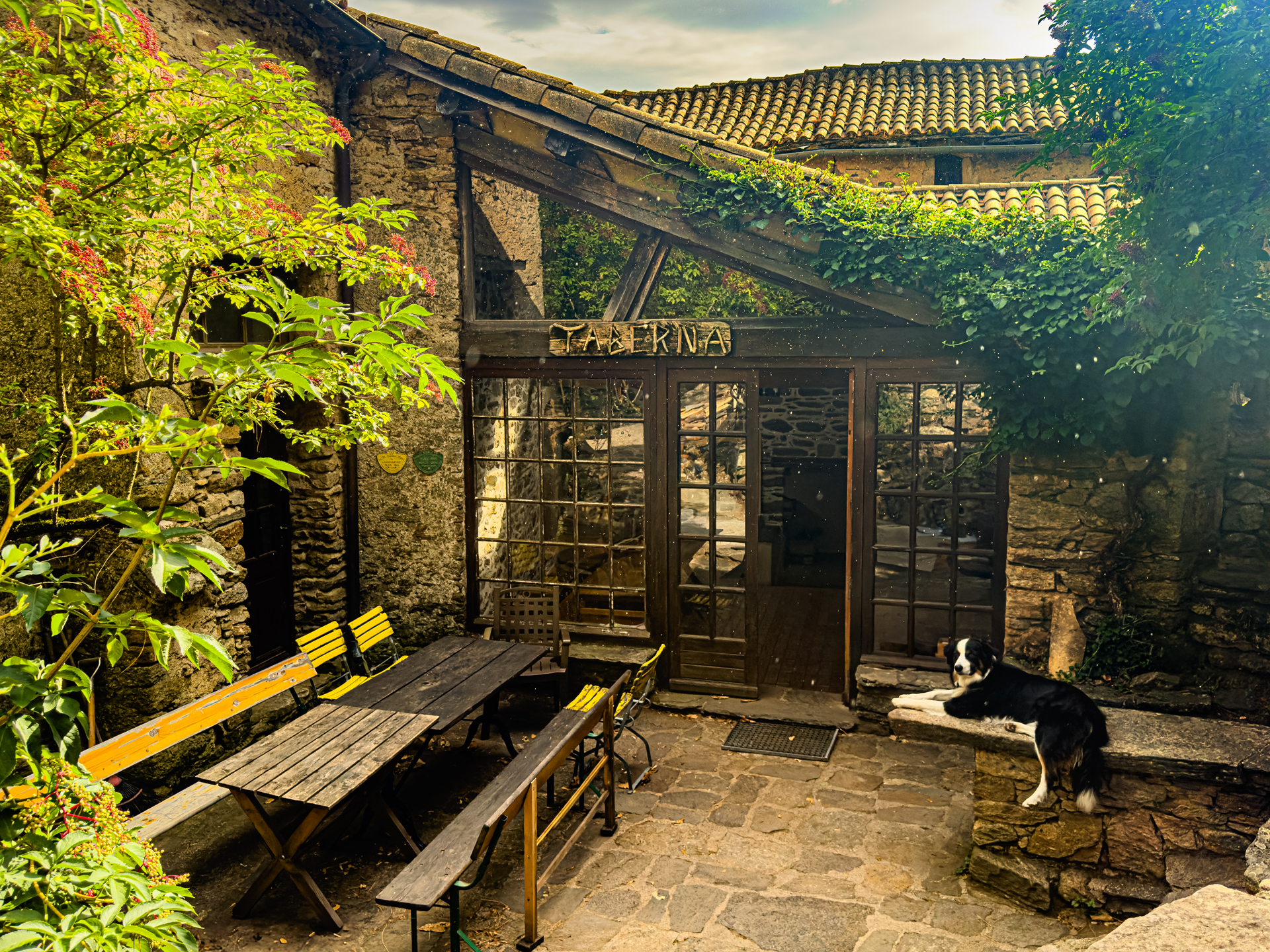
La Taberna
The Taberna in Bardou, located at the village entrance, is a communal space with a large kitchen designed for hosting and cooking for big groups. When not used for large gatherings, it serves as a friendly meeting place for residents and those staying in Bardou. It began in the late 1970s when John Kernick opened a simple restaurant called the Taberna in a village shed. Guests brought their own plates, registered to eat, and the daily menu was posted in the outhouses. His meals were generous, healthy, and affordable. In the 1980s, Pan and Birgitt continued the semi-professional kitchen tradition until 1993. The Taberna remains central to Bardou’s food culture and community spirit.
Courtyard of Echoes
Bardou offers various communal places where its vibrant community gathers. Central is the “Forum,” also called the Star Terrace, a spacious terrace restored as a social hub. Nearby is the Taberna with its inviting terrace for meals and gatherings. Scattered throughout Bardou are numerous terraces and benches—most notably, the beautiful bench just above the village entrance and another built into a stone wall below the parking lot, overlooking the lower village. These spaces blend historical rural craftsmanship with a welcoming atmosphere, fostering community life rooted in tradition, ecological respect, and shared restoration efforts.
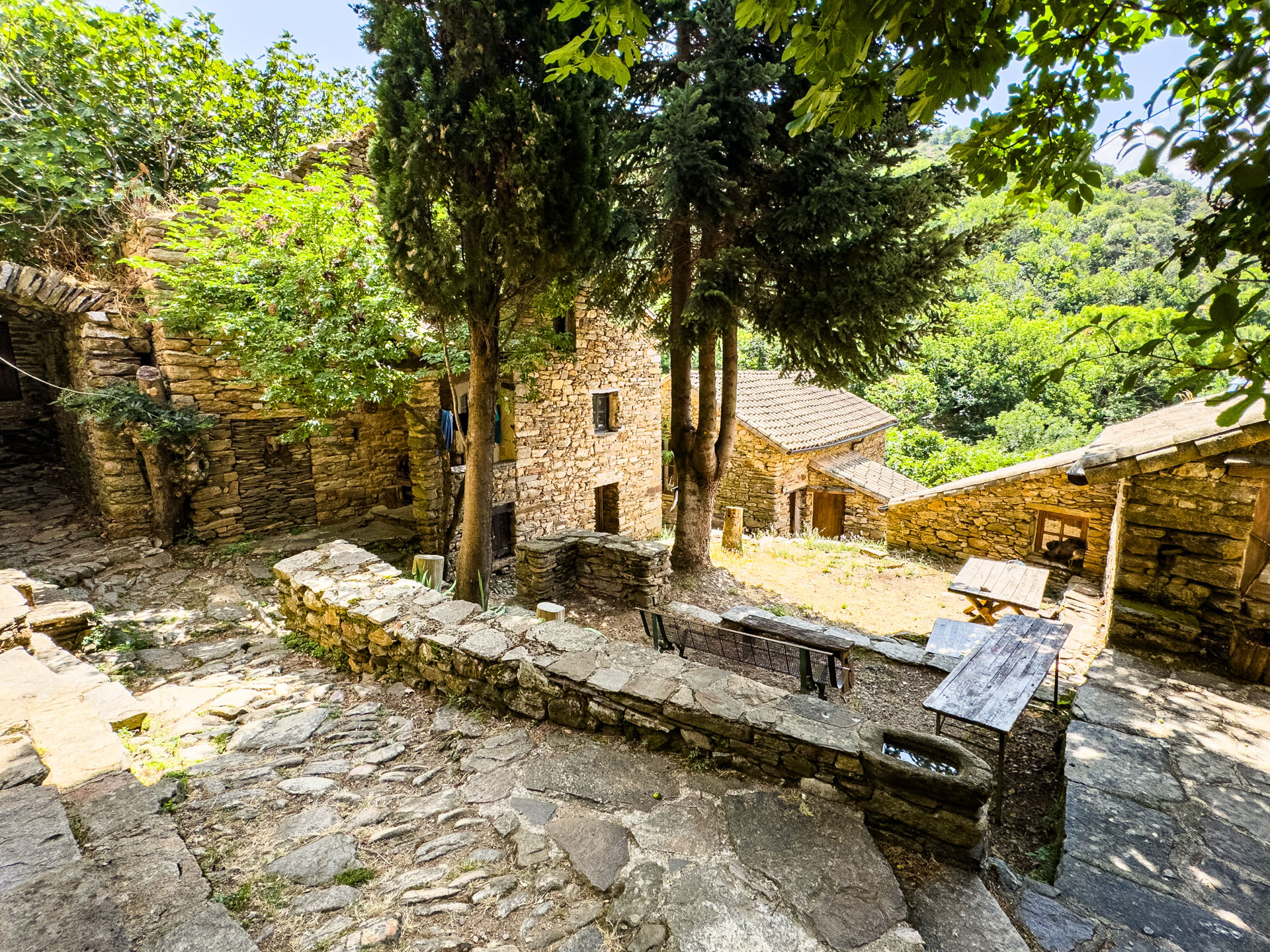
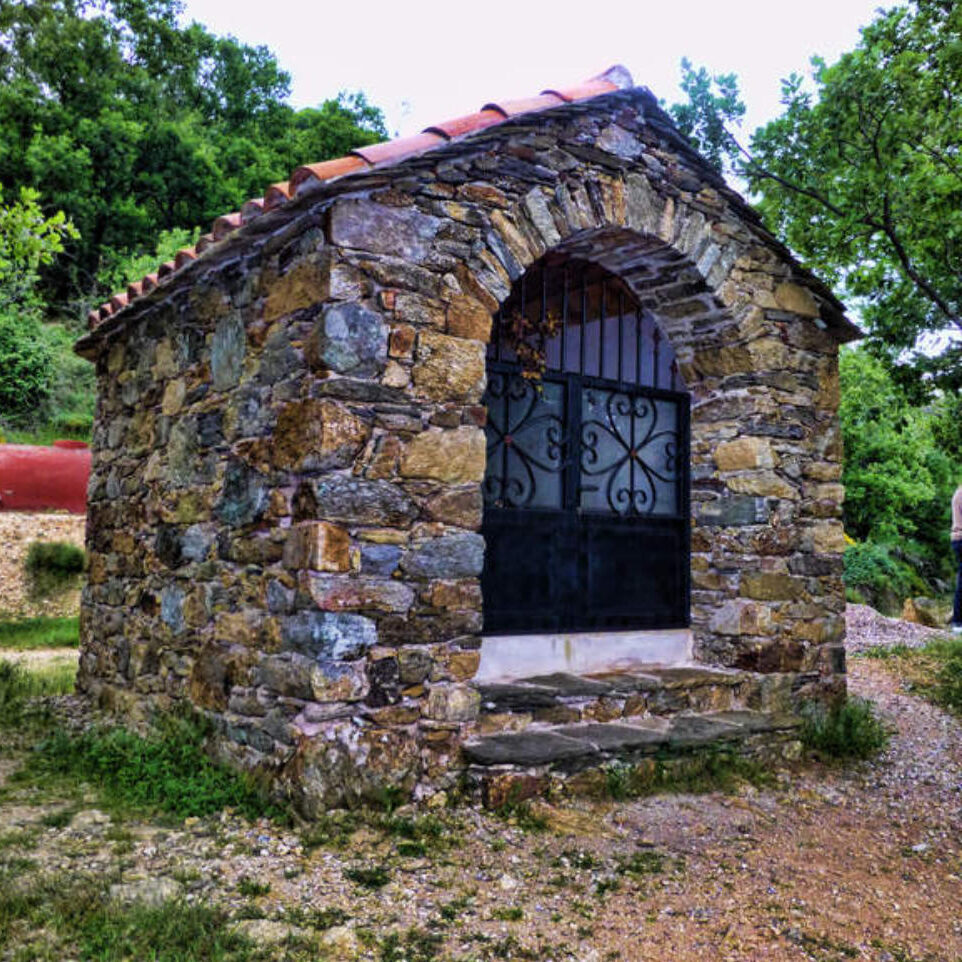
Mausoleum
The mausoleum stands solemnly on the hill overlooking Bardou, a peaceful guardian of memory. It was built a year after Klaus’ passing, honoring his legacy. After Jean’s death, her coffin was placed beside his. When William died in 2024, Elizabeth and Brian felt there was no better place than here – where his ashes now rest with Jean and Klaus, watching over the village they loved. Surrounded by nature, the mausoleum offers a quiet sanctuary, holding the spirits of those who helped shape Bardou, their presence still felt in the wind and stone of this mountain hamlet.